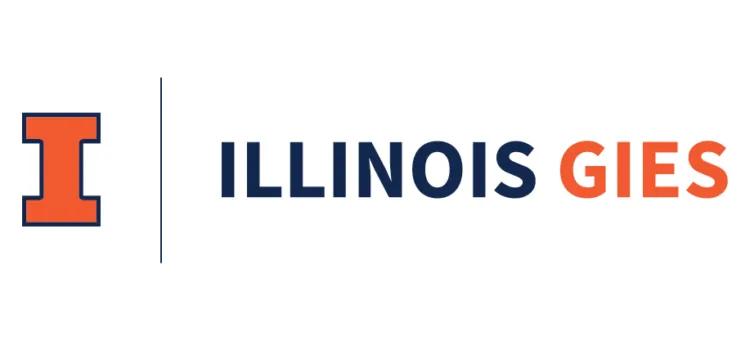
Poets&Quants will release its annual ranking of the best undergraduate business schools on Thursday, January 27. Our sixth annual ranking includes 95 schools, up from 93 last year. Two years ago, P&Q ranked 97 schools, which was the highest since we’ve been ranking undergraduate business programs. The 95 this year is the second-most in the history of the ranking.
In addition to the ranking, our robust online hub of detailed school profiles will be updated. We will also be publishing data-focused articles looking at acceptance rates of business schools, average high school GPAs and SAT and ACT scores of students enrolling, and average salaries and employment rates of the most recently graduated class. Alumni survey data will also be published revealing some of the most satisfied and happy recent graduates of the country’s top business schools. All told, there is no greater amount of proprietary data focused on undergraduate business schools available.
We will also be publishing important data non included in the ranking’s methodology like the percentage of women, under-represented minorities, international, and first-generation students enrolling at the top business schools. Data looking at return on investment and total costs of the undergraduate degrees will also be published.
FIRST-EVER METHODOLOGICAL CHANGE
This is the first time in the six years of the ranking we have significantly tinkered with the methodology. Because of many schools going test-optional or ridding of standardized test scores completely, we reduced the weight given to average SAT scores from 35% to 10%. We also lowered the weight given to acceptance rates from 35% to 30%. With the extra 30% in the admissions category, we added the average high school GPA of the most recently enrolled class (15%) and the average percentage of students that reported being National Merit finalists or semifinalists (15%).
As a reminder, we have three equally-weighted methodological categories: admissions standards, alumni experience, and employment outcomes. Admissions standards are based on a survey that was sent to schools between June 1 and December 31, 2021 and an alumni survey that was sent to 2019 graduates (anyone graduating between July 1, 2018 and June 30, 2019) during the same timeframe. That category is comprised of Fall 2021 acceptance rates (30%), percentage of 2019 graduates that were in the top 10% of their high school class (30%), percentage of 2019 graduates that were National Merit finalists or semifinalists (15%), average high school GPAs of students enrolling during Fall 2021 (15%), and average SAT scores of students enrolling during Fall 2021 (10%).
Alumni experience is based totally on the survey sent to 2019 graduates and includes data from 20 different questions ranging from how satisfied alumni were with their faculty, career support, and extra-curricular activities to how likely they are to recommend their business school to a friend, family member, or colleague. This category remains unchanged from previous years.
Also remaining unchanged from previous years is the career outcomes category, which is the only category based solely on the survey sent directly to the schools. This category is based on the employment rate of 2021 graduates (50%), the average salary of 2021 graduates reporting full-time employment (30%), and the average percentage of 2021 graduates completing at least one business-specific internship before graduation (20%).
THIS YEAR’S TOP TEN PROGRAMS
Three schools broke into the top ten this year that were not there last year. For the first time ever, the University of Southern California Marshall School of Business has fully participated in our ranking, meeting all of the requirements, and will debut in the top ten. Another first-timer to the top ten this year will be Villanova University’s School of Business. Villanova has participated in our ranking for the past five years. After rising to 13th last year, Villanova pushed even further this year into the top ten. And the other school breaking into the top ten is no stranger to topping this list — Washington University in St. Louis’s Olin Business School. Over the past five years, the University of Pennsylvania’s Wharton School has topped our ranking four times. The only other school besides Wharton to top our ranking is Olin Business School, which placed first the inaugural year of the ranking. The other seven schools in the top ten were also there last year.
Of course, no ranking is perfect and a college decision should not be made on a ranking alone. P&Q publishes a wealth of data-based insights on the schools and in-depth school profiles so readers may use this information as a launching place to explore and target their best choices for a quality business education. When the rankings are published next week, take the time to go through the stories and data to begin or aid the college search.
This year’s top ten undergraduate business schools in alphabetical order:
- Georgetown University (McDonough)
- Georgia Institute of Technology (Scheller)
- New York University (Stern)
- University of Michigan (Ross)
- University of Notre Dame (Mendoza)
- University of Pennsylvania (Wharton)
- University of Southern California (Marshall)
- University of Virginia (McIntire)
- Villanova University
- Washington University in St. Louis (Olin)
DON’T MISS: POETS&QUANTS BEST BUSINESS SCHOOLS OF 2021 or P&Q’S TOP VALUE UNDERGRADUATE BUSINESS SCHOOLS OF 2021










